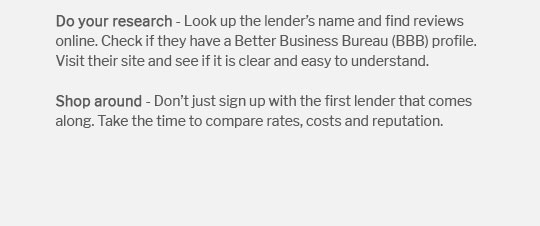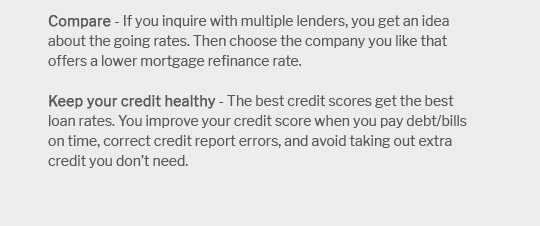 |
|||
 |
 |
 |
||
|---|---|---|
 |
||
 |
||
 |
||
 |
||
 |
||
 |
||
 |
 |
 |
 |
No Closing Cost to Refinance: Understanding the Benefits and ProcessRefinancing your mortgage can be an excellent way to secure a lower interest rate, reduce monthly payments, or change the loan term. A popular option among homeowners is the no closing cost refinance. This type of refinancing allows you to refinance without paying out-of-pocket fees at closing. What is a No Closing Cost Refinance?A no closing cost refinance is a loan option where the lender covers the closing costs in exchange for a slightly higher interest rate. This can be beneficial for those who want to refinance but do not have the cash to cover closing fees. Key Advantages
ConsiderationsWhile it might seem attractive, it's essential to understand that the lender is not waiving these fees. Instead, they are embedded in the loan. Consider using a refinance calculator to compare rates and see the long-term impact. Steps to Secure a No Closing Cost Refinance
FAQWhat costs are typically covered in a no closing cost refinance?Common costs covered include appraisal fees, credit report fees, and underwriting fees. However, pre-paid items like property taxes and homeowners insurance are usually not included. Is a no closing cost refinance the best choice for everyone?Not necessarily. It suits those planning to move or refinance again in a few years. If you plan to stay in your home long-term, paying closing costs upfront might be more beneficial. How does a no closing cost refinance affect my interest rate?You will likely receive a higher interest rate compared to a traditional refinance where you pay closing costs upfront. It's important to weigh this against your long-term goals. https://www.debt.org/real-estate/mortgages/refinance/no-closing-costs/
No closing cost refinancing is when the borrower gets a new, lower-interest rate home loan without having to pay anything up front. https://www.cbsnews.com/news/refinance-mortgage-closing-costs/
"A no-closing-cost refinance means you don't have to pay fees at closing," explains Matt Vernon, head of retail lending at Bank of America. https://www.freedommortgage.com/learning-center/articles/cost-to-refinance
It is possible to refinance a mortgage without paying closing costs. However, it is important to understand this does not mean the lender is paying the closing ...
|
|---|